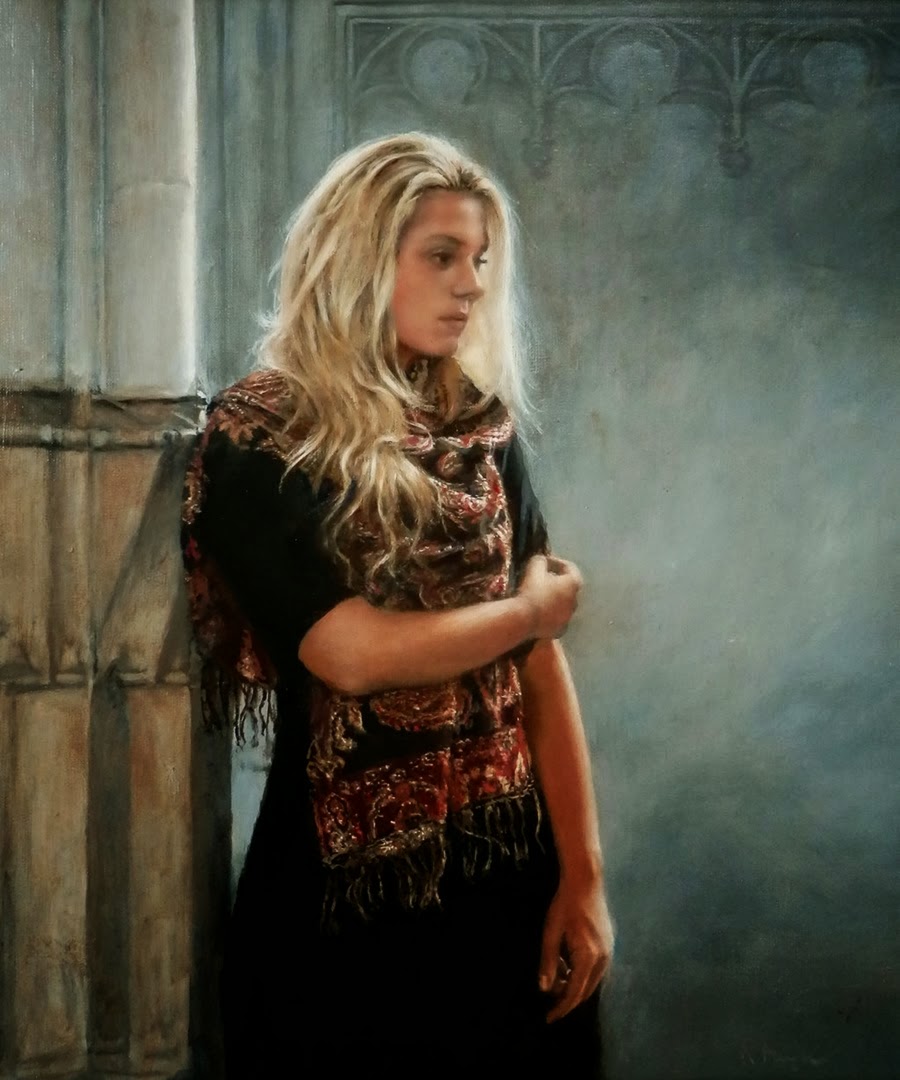Larissa Morais [Лариса Морейс] was born and raised in Moscow. She has been painting since she was in high school, however her first love was not the brush but the keys of a piano. The replacement of a teacher changed her vision from music and into the world of art. While helping her sister one afternoon with her art homework something sparked her passion for painting and perhaps she stumbled upon her destiny.
Larissa became a graduate from BFA, Moscow Theatrical Arts Institute, and attended the Graduate School of Restoration and conservation where throughout the years she took courses in conservation and restoration of 15th-and 16th-century paintings.

.jpg)


.jpg)

.jpg)

